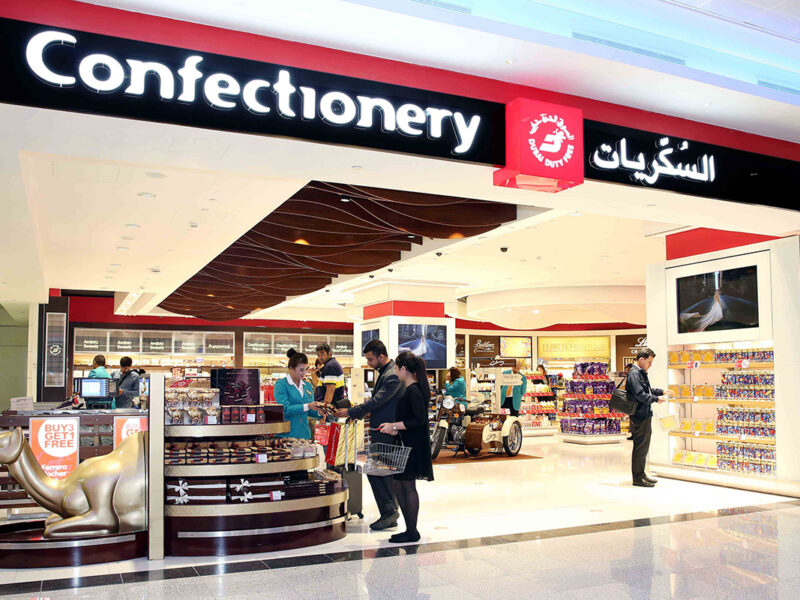In the UAE household goods is where the wealth is, according to the latest results released by the Monster Employment Index (MEI).
The consumer goods sector is the top recruiter of online applicants, with recorded growth of 44 per cent since last year, in sales of packaged food, home appliances, garments, textiles, leather, gems and jewellery, MEI found.
It is also the fastest growing online recruiter in 2017, growing 14 percent in Q2 of this year.
The surge in online hires in household goods comes amid an eight percent decline in overall online recruitment from Q2 2017, though the industry continues to be the fastest growing industry in the UAE since Q3 2016.
Consumer spending in the UAE is set to grow further in the next five years at a rate of 7.5% per annum, a recent report by the Dubai Chamber said.
The UAE also had the highest consumer spend per household in the Gulf region last year with the average household spend exceeding $100,000 in 2016 the report found.
The report highlights the UAE’s robust consumer culture, hinged on a fast-growing population with money to spend, said Sanjay Modi, APAC managing director at Monster.com, commented.
“The UAE has always been driven by an active consumer culture catalysed by a fast-growing population armed with a high disposable income. The recent report released by The Dubai Chamber reaffirms the healthy relationship between the consumer goods sector and consumption habits in the UAE,” he said.
Other industries where online recruitment grew in Q2 2017 in the UAE included production and manufacturing (14 percent from last quarter) Chemicals, such as plastics, rubber, paints, fertilizers, and pesticides (8 per cent) and Telecom (5 per cent) and education (3 per cent) and retail trade and logistics (6 percent).
UAE occupations that have grown from Q2 2017, include marketing communications, that grew 28 percent in Q2 2017, software, including hardware and telecom, (16 percent increase).
Sales and business development and human resources and administration recorded two of the steepest declines at 28 and 22 percent respectively.









